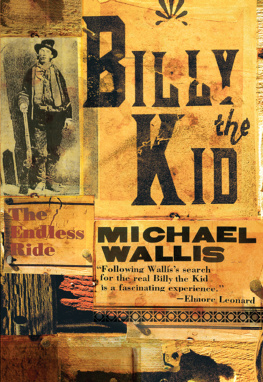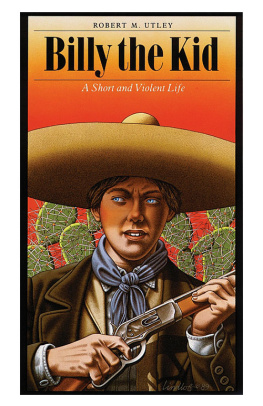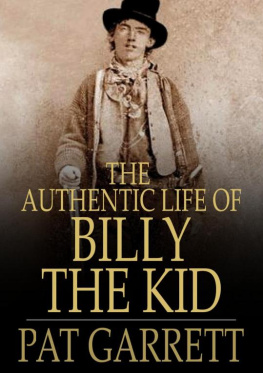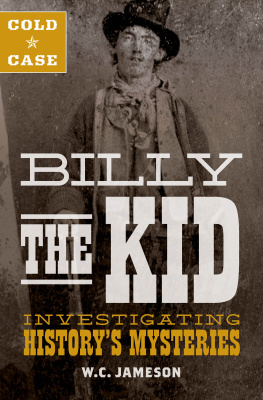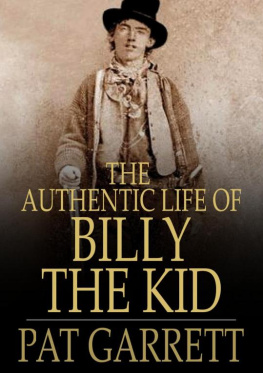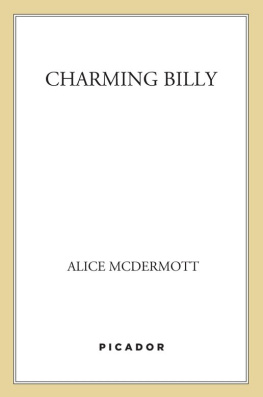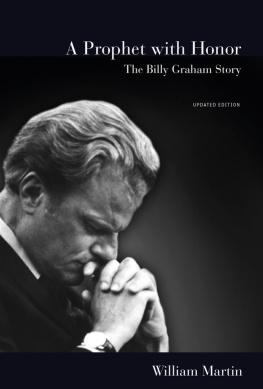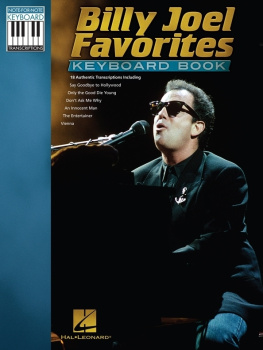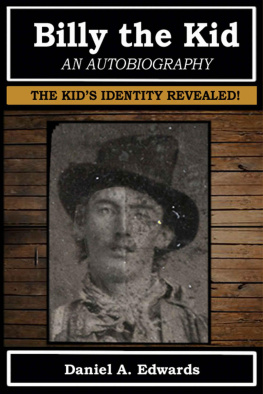Wanted
The Lamar Series in Western History The Lamar Series in Western History includes scholarly books of general public interest that enhance the understanding of human affairs in the American West and contribute to a wider understanding of the Wests significance in the political, social, and cultural life of America. Comprising works of the highest quality, the series aims to increase the range and vitality of Western American history, focusing on frontier places and people, Indian and ethnic communities, the urban West and the environment, and the art and illustrated history of the American West.
Editorial Board
Howard R. Lamar, Sterling Professor of History Emeritus, Past President of Yale University
William J. Cronon, University of WisconsinMadison
Philip J. Deloria, University of Michigan
John Mack Faragher, Yale University
Jay Gitlin, Yale University
George A. Miles, Beinecke Library, Yale University
Martha A. Sandweiss, Princeton University
Virginia J. Scharff, University of New Mexico
Robert M. Utley, Former Chief Historian, National Park Service
Recent Titles
Sovereignty for Survival: American Energy Development and Indian Self-Determination, by James Robert Allison III
George I. Snchez: The Long Fight for Mexican American Integration, by Carlos Kevin Blanton
The Yaquis and the Empire: Violence, Spanish Imperial Power, and Native Resilience in Colonial Mexico, by Raphael Brewster Folsom
Gathering Together: The Shawnee People through Diaspora and Nationhood, 16001870, by Sami Lakomki
Natures Noblemen: Transatlantic Masculinities and the Nineteenth-Century American West, by Monica Rico
Rush to Gold: The French and the California Gold Rush, 18481854, by Malcolm J. Rohrbough
Home Rule: Households, Manhood, and National Expansion on the Eighteenth-Century Kentucky Frontier, by Honor Sachs
The Cherokee Diaspora, by Gregory D. Smithers
Sun Chief: The Autobiography of a Hopi Indian, by Don C. Talayesva, edited by Leo Simmons, Second Edition
Before L.A.: Race, Space, and Municipal Power in Los Angeles, 17811894, by David Samuel Torres-Rouff
Geronimo, by Robert M. Utley
Wanted: The Outlaw Lives of Billy the Kid and Ned Kelly, by Robert M. Utley
Forthcoming Title
American Genocide: The California Indian Catastrophe, 18461873, by Benjamin Madley
Wanted
The Outlaw Lives of Billy the Kid & Ned Kelly
ROBERT M. UTLEY

Copyright 2015 by Robert M. Utley.
All rights reserved. This book may not be reproduced, in whole or in part, including illustrations, in any form (beyond that copying permitted by Sections 107 and 108 of the US Copyright Law and except by reviewers for the public press), without written permission from the publishers.
Yale University Press books may be purchased in quantity for educational, business, or promotional use. For information, please e-mail sales.press@yale. edu (US office) or (UK office).
Designed by Nancy Ovedovitz. Set in Century Schoolbook type by Integrated Publishing Solutions.
Printed in the United States of America.
Library of Congress Control Number: 2015944117
ISBN 978-0-300-20455-1
A catalogue record for this book is available from the British Library.
This paper meets the requirements of ANSI/NISO Z39.481992 (Permanence of Paper).
10 9 8 7 6 5 4 3 2 1
CONTENTS
Illustrations follow pages
PREFACE
In February and March 1998, my wife, Melody Webb, and I toured New Zealand and Australia. In Beechworth, Australia, we spent the night and visited the Ned Kelly sites. That was my introduction to Ned Kelly. In driving south to Melbourne, we stopped briefly at Glenrowan. Melody pointed to a statue of Ned Kelly in armor and remarked that he was Australias Billy the Kid. Even though I had written a biography of Billy the Kid a decade earlier, I brushed it off without further thought. At the Old Melbourne Gaol, however, as we stood next to the trapdoor where Ned was hanged and examined the adjacent suit of armor and an interpretive panel that explained who Ned Kelly was and what he had done, it dawned on me that Ned was indeed Australias Billy the Kid. Melody made the suggestion in Glenrowan, but I failed to take it seriously until the Old Melbourne Gaol. Thereafter my goal was to write a book comparing the two. In subsequent trips to Australia, especially one in 2004, we visited the major Kelly sites and accumulated a photographic record.
Other books intervened, and the project did not get under way until Chris Rogers, my editor at Yale University Press, which had just published my biography of Geronimo, became interested in Ned and encouraged me to undertake the project. That was in 2013, and I soon resumed the study of Ned from the stack of books I had acquired during our 2004 visit. I already had the basis for Billy the Kid in my biography published in 1989 and its predecessor, High Noon in Lincoln, published in 1987. Chris Rogers sent a contract, which spurred the work that resulted in this book.
After that 1998 revelation in Melbourne, I sensed that enough similarities link Billy the Kid and Ned Kelly to warrant comparison of the two, even though they lived and operated in countries so far distant from each otherthe United States and Australiathat one is hard-pressed to think of two places on earth farther apart.
Both lived and died at roughly the same time: Billy from 1859 to 1881; Ned from 1854 to 1880. Both died at the hands of the law, Billy at age twenty-one, Ned at age twenty-five. Both were outlaws who lived by the gun. Both became legends in their own time and remain so. Both created a trail of motion pictures and television productions that continues to appear in modern times. Both have been the subject of books, articles, and other printed material, as well as art. Both have their own modern followers: the Billy the Kid Outlaw Gang and the Ned Kelly Fan Club. Both spawned conspiracy theories: Billy lived until 1950 under the name of Brushy Bill Roberts. The charred bodies pulled from the fire at Glenrowan were not Steve Hart and Neds brother Dan, and the two later turned up in South Africa to fight in the First Boer War. Both Ned and Billy became tourist attractions: you can travel the Billy the Kid National Scenic Highway and the Ned Kelly Trail.
Neither Billy nor Ned seems to qualify as an outstanding outlaw. Billy rustled cattle, fought in the Lincoln County War, and used his guns on the enemy. Ned stole cattle and sheep, killed three policemen, robbed two banks, and always endured harassment from the police. Neither, however, systematically pursued outlawry.
Australia and the United States are very different places, and readers in both countries may find themselves confused by language, culture, politics, geography, economics, social relationships, and ways of thinking. I have tried to remedy the confusion, not always successfully. One striking example is the position of North America above the equator and Australia below. That means that winter in Australia is summer in the United States. The reader is left to bear in mind this distinction and, when a date in December is mentioned, keep in mind that the season is winter in North America and summer in Australia.
* * *
In expressing appreciation for assistance, I must place Ian Jones at the head of the list. I have never met him. But his biography of Ned Kelly forms the solid base for the Australian part of my story. I have relied heavily on his account and interpretations in dealing with Ned Kelly. His is widely acclaimed the best biography of Ned Kelly, which I discovered to be true. A hearty thanks, Ian; may we meet some day.
Next page

